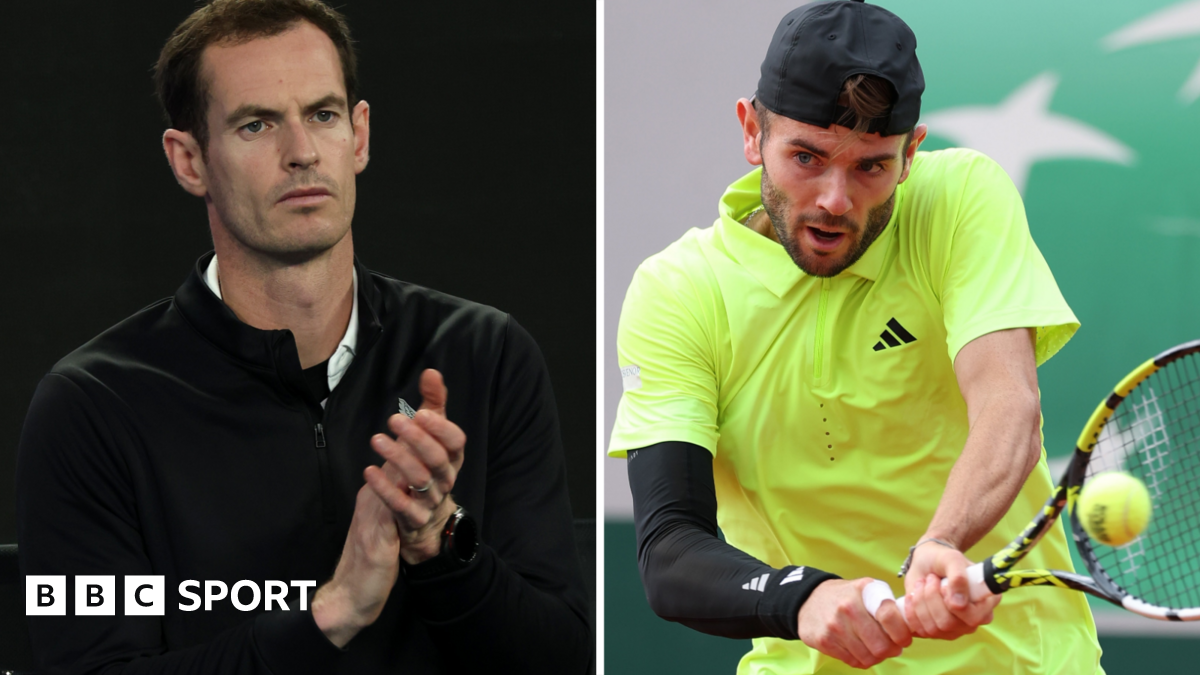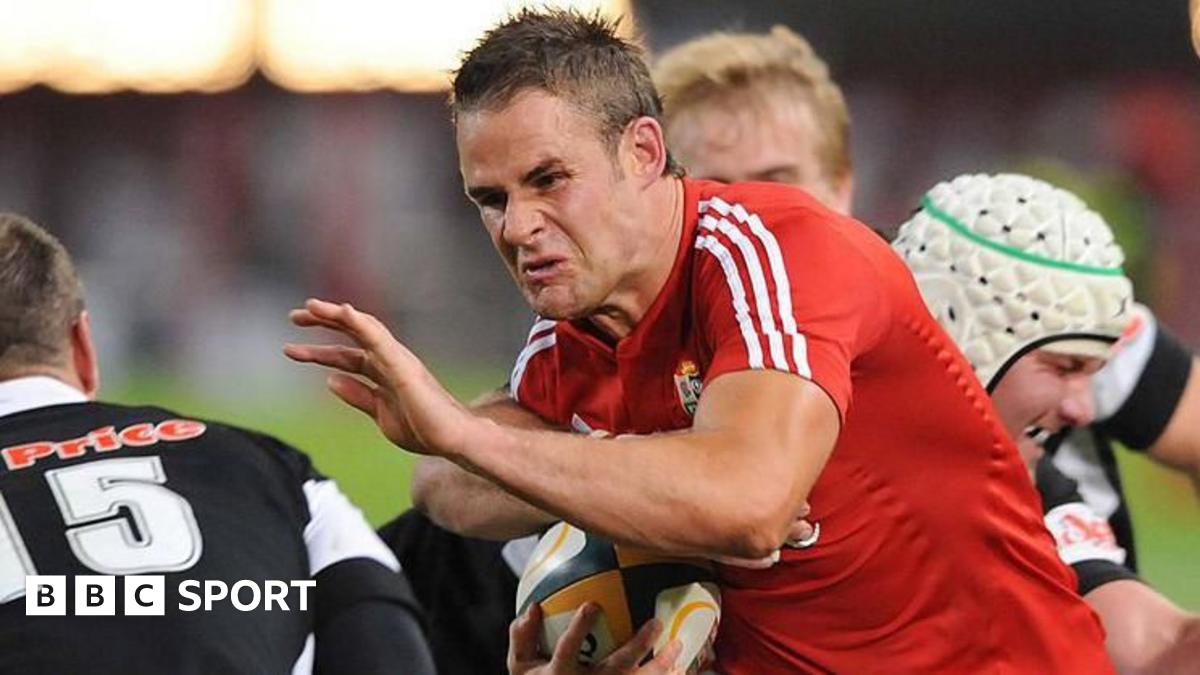Scotland now has another serious player on the world stage. What about the “bricks and mortar” Murray legacy, though? Where is that?
It has been a slow burn, but even that is finally showing some promising signs.
Hamstrung by an overly-ambitious promise in 2016 to double the number of indoor courts in Scotland from 112 to 225 within a decade, Tennis Scotland and its various partners have been unable to come anywhere close to delivering.
A global pandemic, sky-rocketing costs and the shrinking of local authority spending on non-essential services hardly helped.
Now, though, new courts are either open, opening or about to be built. Thirty-four covered courts have been added in the past nine years. Five more will be in use by October, taking the total to 151.
Tennis Scotland chairman Graham Watson was markedly upbeat in the organisation’s latest annual report.
The six-court Oriam Indoor Tennis Centre was opened at the end of 2023 and a four-court complex has been completed at Moray Sports Centre, with a further centre opening in Dumfries & Galloway in the coming months.
It is a painfully slow trickle, but now that facilities are being built, will they be used? Are more people in Scotland playing tennis, on the back of Murray and doubles-specialist brother Jamie’s many successes?
Yes, according to Blane Dodds, the Tennis Scotland chief executive. He points to what he calls “a period of unprecedented growth” in the game north of the border, with a “record high club membership of 81,428”.
“Participation levels increased by almost 11% in 2024, which means that not only are more people playing tennis but they are playing it more regularly,” he said.
“We are seeing growth among adults and children, especially amongst women and girls, where there was a 27% increase in participation.”
With Fearnley and Norrie flying the Scottish flag at the top end of the game, and the likes of Maia and Ewen Lumsden, Hamish Stewart and Aidan McHugh all trying to follow in their footsteps, there is substance now to back up claims of progress.
There is still plenty of work to be done, of course.
Available, affordable access to indoor courts across Scotland is essential given the climate. Their cost, however, has to be justified with councils up an down the country scrambling to balance the books.
Guilty of over-promising, it is no surprise that Tennis Scotland and the Lawn Tennis Association have under-delivered. They were far too ambitious in the first place.
They would have to build 74 new courts by the end of next year to meet their 2016 pledge. They will not. It is simply not possible.
What they do have to show for the money is a core group of young British players at or near the top of the game. That is allied to the emergence – finally – of new places for people in Scotland to play if they want to be the next Fearnley.
He is doing his bit – and then some. Up 470 places in the world rankings in the past 12 months and still climbing.
There may well never be another Andy Murray. His legacy, however, is slowly but surely beginning to take shape.



